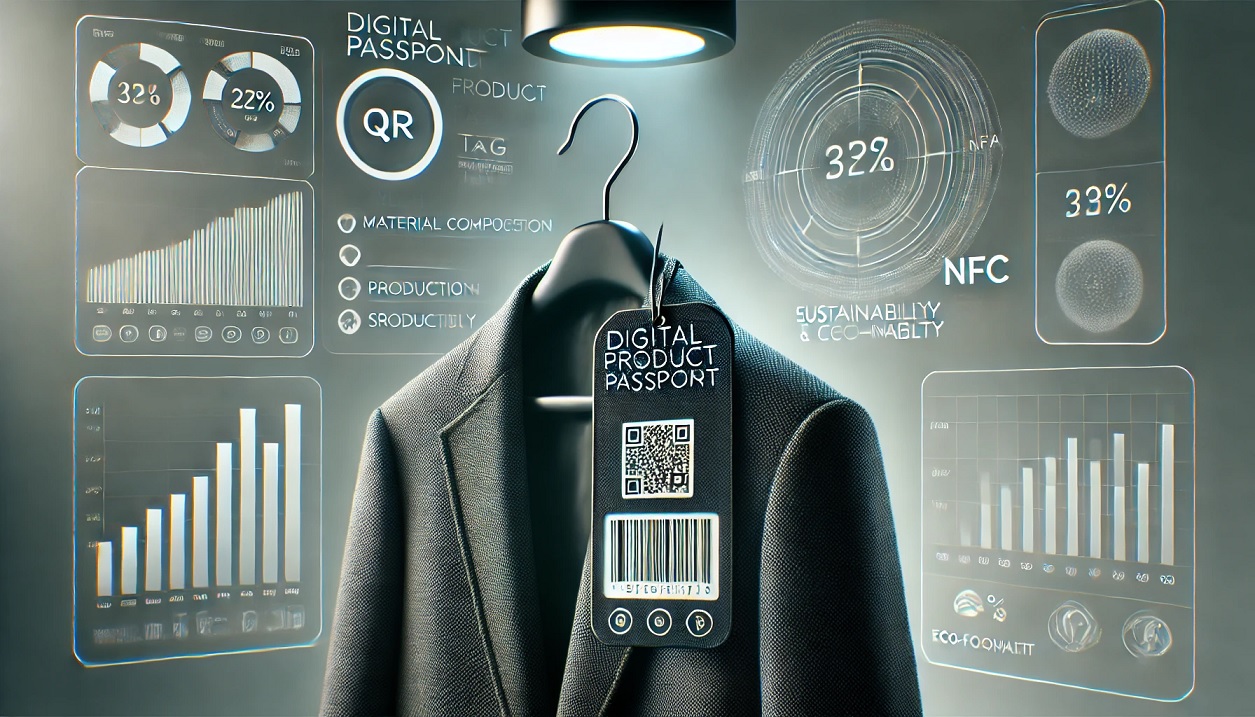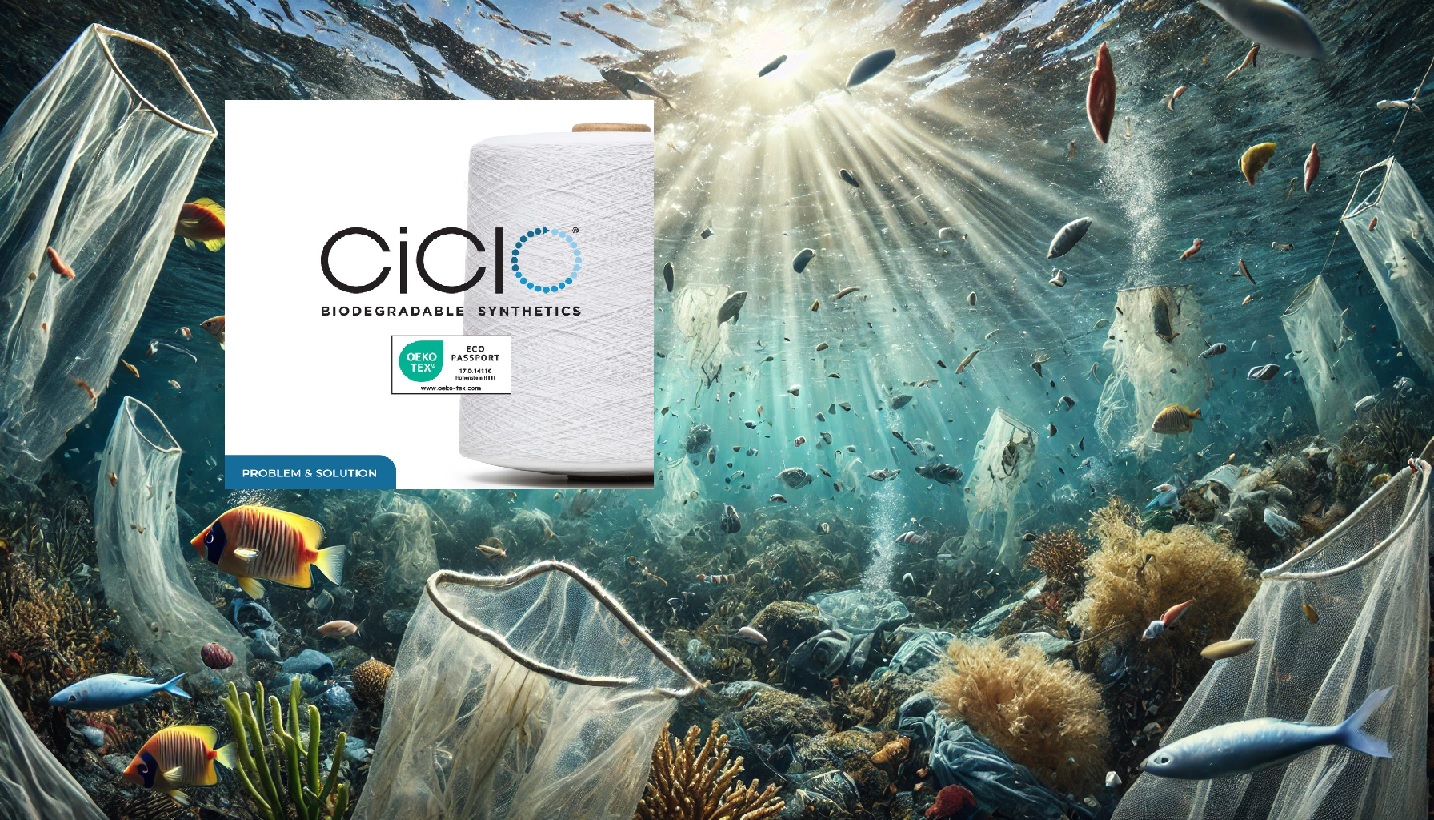In an era where environmental sustainability is more crucial than ever, the European Union is facing a significant challenge with product waste and resource inefficiency. The current model of consumption—producing, using, and disposing of products without considering their ecological impact—is no longer viable. This unsustainable cycle leads to massive waste and environmental degradation. Fortunately, the EU’s Ecodesign for Sustainable Products Regulation (ESPR) provides a concrete plan to revolutionize this model. By making products more durable, efficient, and recyclable, the ESPR aims to establish a new standard of sustainability in the market.
1. Understanding the Regulation
The ESPR extends the Ecodesign Directive, which has improved product energy efficiency for nearly two decades. It introduces broader sustainability requirements including durability, repairability, and the use of recycled materials. Practitioners must familiarize themselves with these new standards, as they affect a wide range of products from textiles to electronics.
2. Prioritizing Impactful Products
The regulation prioritizes products with the most significant environmental impact. These include garments, footwear, furniture, and various industrial materials like iron, steel, and chemicals. Businesses involved in these sectors should prepare for stricter compliance requirements, focusing on reducing environmental footprints and enhancing product life cycles.
3. Implementing Product Passports
One of the innovative aspects of the ESPR is the introduction of a Digital Product Passport. This tool will detail each product’s sustainability characteristics, such as its materials, energy consumption, and recyclability. Companies should integrate this technology into their products to provide transparency and comply with regulatory requirements. This passport will also aid in enforcement and market surveillance, making compliance checks smoother.
4. Enhancing Product Information
Similar to the EU Energy Label, new labeling requirements will likely be introduced, providing information on a product’s reparability and sustainability features. Companies should start planning how to integrate these labels into their product designs and marketing strategies.
5. Preventing Waste of Unsold Products
A significant change is the regulation’s approach to unsold products. The ESPR includes measures to prevent the destruction of unsold consumer goods, particularly textiles and footwear. Companies need to adopt strategies to either repurpose, donate, or recycle unsold items, and must report on their disposal practices annually.
6. Next Steps and Compliance Deadlines
The formal adoption of the ESPR is awaited, and once enacted, it will be effective from the 20th day post-publication. Businesses should prepare by reviewing which of their products will be affected and start adjusting their designs and processes accordingly. The first working plan will clarify which specific products are targeted, aiding companies in focusing their compliance efforts.
Conclusion: Moving Towards a Sustainable Future
Implementing the ESPR requires a strategic approach but offers significant benefits, including enhanced market competitiveness and alignment with global sustainability goals. By preparing early and focusing on the actionable points outlined above, businesses can not only comply with the new regulation but also lead the way in sustainable practices. This proactive approach will position companies favorably in a market that increasingly values environmental responsibility.
The ESPR marks a pivotal moment in the EU’s environmental strategy, promoting a shift towards a circular economy where products are made to be sustainable from the start. For practitioners, the transition to these new standards is not just about compliance—it’s about contributing to a sustainable future.



